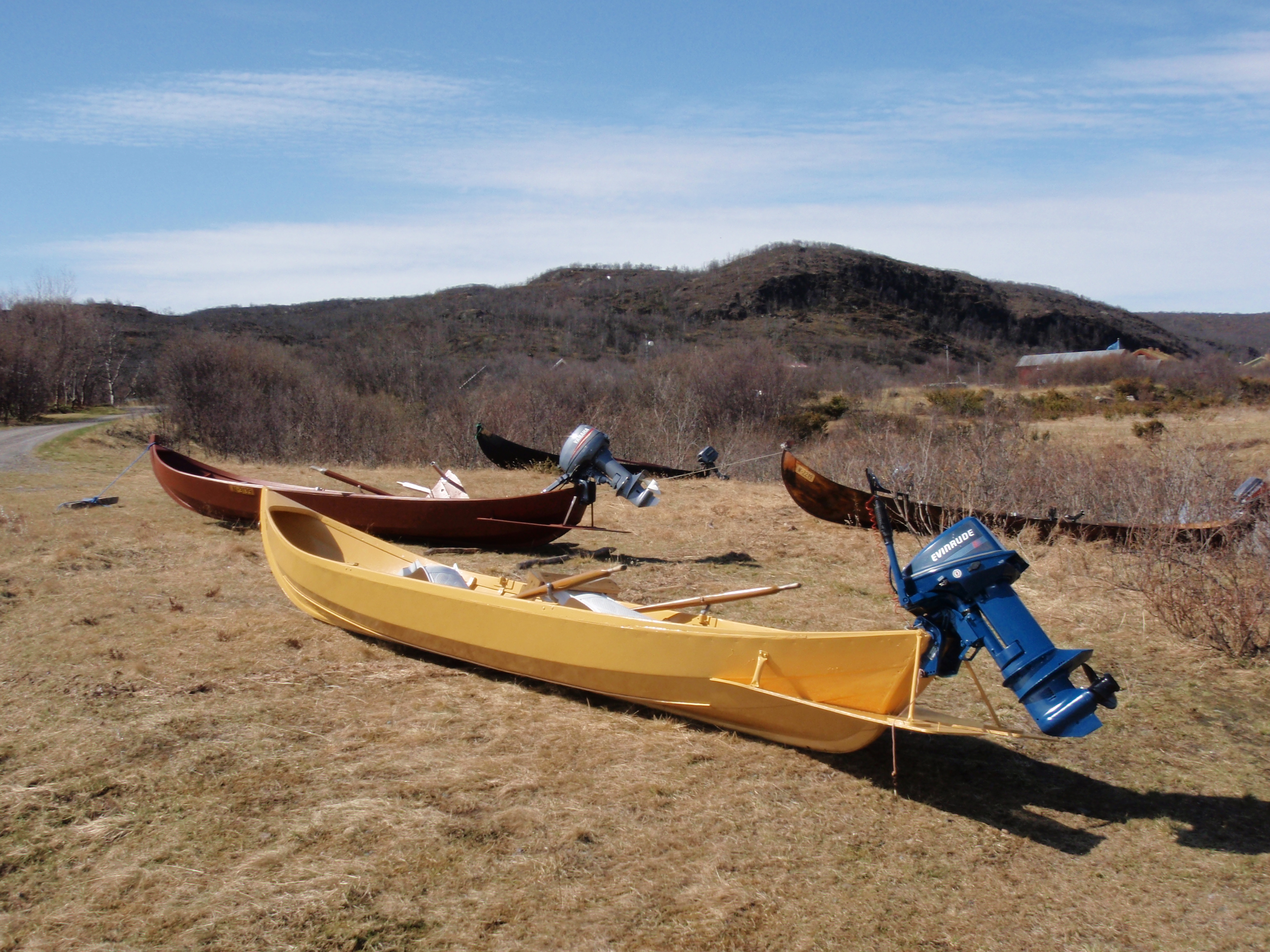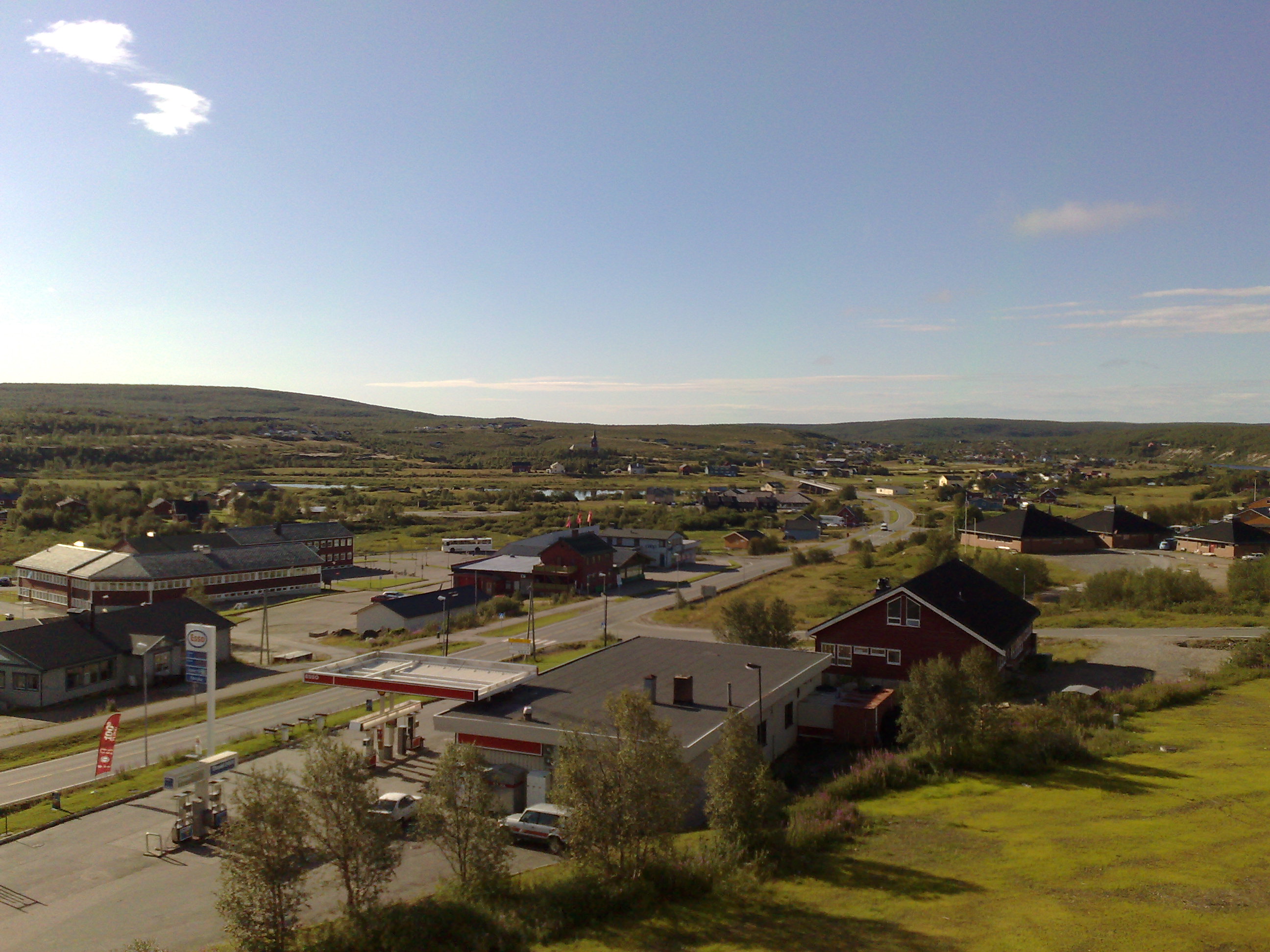|
Northern Sámi
Northern or North Sámi ( ; se, davvisámegiella ; fi, pohjoissaame ; no, nordsamisk; sv, nordsamiska; disapproved exonym Lappish or Lapp) is the most widely spoken of all Sámi languages. The area where Northern Sámi is spoken covers the northern parts of Norway, Sweden and Finland. The number of Northern Sámi speakers is estimated to be somewhere between 15,000 and 25,000. About 2,000 of these live in Finland and between 5,000 and 6,000 in Sweden, with the remaining portions being in Norway. History Among the first printed Sámi texts is ''Svenske och Lappeske ABC Book'' ("Swedish and Lappish ABC book"), written in Swedish and what is likely a form of Northern Sámi. It was published in two editions in 1638 and 1640 and includes 30 pages of prayers and confessions of Protestant faith. It has been described as the first book "with a regular Sámi language form". Northern Sámi was first described by Knud Leem (''En lappisk Grammatica efter den Dialect, som bruges af Fi ... [...More Info...] [...Related Items...] OR: [Wikipedia] [Google] [Baidu] |
Norway
Norway, officially the Kingdom of Norway, is a Nordic country in Northern Europe, the mainland territory of which comprises the western and northernmost portion of the Scandinavian Peninsula. The remote Arctic island of Jan Mayen and the archipelago of Svalbard also form part of Norway. Bouvet Island, located in the Subantarctic, is a dependency of Norway; it also lays claims to the Antarctic territories of Peter I Island and Queen Maud Land. The capital and largest city in Norway is Oslo. Norway has a total area of and had a population of 5,425,270 in January 2022. The country shares a long eastern border with Sweden at a length of . It is bordered by Finland and Russia to the northeast and the Skagerrak strait to the south, on the other side of which are Denmark and the United Kingdom. Norway has an extensive coastline, facing the North Atlantic Ocean and the Barents Sea. The maritime influence dominates Norway's climate, with mild lowland temperatures on the sea co ... [...More Info...] [...Related Items...] OR: [Wikipedia] [Google] [Baidu] |
Sami Languages Large
Acronyms * SAMI, ''Synchronized Accessible Media Interchange'', a closed-captioning format developed by Microsoft * Saudi Arabian Military Industries, a government-owned defence company * South African Malaria Initiative, a virtual expertise network of malaria researchers People * Samee, also spelled Sami, a male given name * Sami (name), including lists of people with the given name or surname * Sámi people, indigenous people of the Scandinavian Peninsula, the Kola Peninsula, Karelia and Finland ** Sámi cuisine ** Sámi languages, of the Sami people ** Sámi shamanism, a faith of the Sami people Places * Sápmi, a cultural region in Northern Europe * Sami (ancient city), in Elis, Greece * Sami Bay, east of Sami, Cephalonia * Sami District, Gambia * Sami, Burkina Faso, a district of the Banwa Province * Sami, Cephalonia, a municipality in Greece * Sami, Gujarat, a town in Patan district of Gujarat, India * Sami, Paletwa, a town in Chin State, Myanmar * Sämi, a village in L ... [...More Info...] [...Related Items...] OR: [Wikipedia] [Google] [Baidu] |
Dental Consonant
A dental consonant is a consonant articulated with the tongue against the upper teeth, such as , . In some languages, dentals are distinguished from other groups, such as alveolar consonants, in which the tongue contacts the gum ridge. Dental consonants share acoustic similarity and in Latin script are generally written with consistent symbols (e.g. ''t'', ''d'', ''n''). In the International Phonetic Alphabet, the diacritic for dental consonant is . When there is no room under the letter, it may be placed above, using the character , such as in / p͆/. Cross-linguistically For many languages, such as Albanian, Irish and Russian, velarization is generally associated with more dental articulations of coronal consonants. Thus, velarized consonants, such as Albanian , tend to be dental or denti-alveolar, and non-velarized consonants tend to be retracted to an alveolar position. Sanskrit, Hindustani and all other Indo-Aryan languages have an entire set of dental stops that occur ... [...More Info...] [...Related Items...] OR: [Wikipedia] [Google] [Baidu] |
Labial Consonant
Labial consonants are consonants in which one or both lips are the active articulator. The two common labial articulations are bilabials, articulated using both lips, and labiodentals, articulated with the lower lip against the upper teeth, both of which are present in English. A third labial articulation is dentolabials, articulated with the upper lip against the lower teeth (the reverse of labiodental), normally only found in pathological speech. Generally precluded are linguolabials, in which the tip of the tongue contacts the posterior side of the upper lip, making them coronals, though sometimes, they behave as labial consonants. The most common distribution between bilabials and labiodentals is the English one, in which the nasal and the stops, , , and , are bilabial and the fricatives, , and , are labiodental. The voiceless bilabial fricative, voiced bilabial fricative, and the bilabial approximant do not exist as the primary realizations of any sounds in Englis ... [...More Info...] [...Related Items...] OR: [Wikipedia] [Google] [Baidu] |
Scandinavian Braille
Scandinavian Braille is a braille alphabet used, with differences in orthography and punctuation, for the languages of the mainland Nordic countries: Danish, Norwegian, Swedish, and Finnish Finnish may refer to: * Something or someone from, or related to Finland * Culture of Finland * Finnish people or Finns, the primary ethnic group in Finland * Finnish language, the national language of the Finnish people * Finnish cuisine See also .... In a generally reduced form it is used for Greenlandic. Scandinavian Braille is very close to French Braille, with slight modification of some of the accented letters, and optional use of the others to transcribe foreign languages. Alphabet The braille letters for the French print vowels ''â, œ, ä'' are used for the print vowels ''å, ö/ø, ä/æ'' of the Scandinavian alphabets. Each language uses the letters that exists in its inkprint alphabet. Thus, in numerical order, the letters are: : Greenlandic Braille uses a subset of thes ... [...More Info...] [...Related Items...] OR: [Wikipedia] [Google] [Baidu] |
Porsanger
Porsanger ( se, Porsáŋgu; fkv, Porsanki) is a municipality in Troms og Finnmark county, Norway. The administrative centre of the municipality is the village of Lakselv. Other villages in the municipality include Børselv, Brenna, Indre Billefjord, Kistrand, Olderfjord, and Skoganvarre. The municipality is the 3rd largest by area out of the 356 municipalities in Norway. Porsanger is the 204th most populous municipality in Norway with a population of 3,904, many of whom have a Kven (Kainu) or Sami background. The municipality's population density is and its population has decreased by 1.1% over the previous 10-year period. General information The municipality of ''Kistrand'' (renamed ''Porsanger'' in 1964) was established on 1 January 1838 (see formannskapsdistrikt law). On 1 January 1851, the southern part of Kistrand (population: 869) was separated to become the new Kautokeino Municipality. On 1 January 1861, the northern part of Kistrand (population: 345) was sepa ... [...More Info...] [...Related Items...] OR: [Wikipedia] [Google] [Baidu] |
Deatnu - Tana
or is a municipality in Troms og Finnmark county, Norway. The administrative centre of the municipality is the village of Tana bru. Among the other villages in the municipality are Austertana, Bonakas, Polmak, Rustefjelbma, and Skiippagurra. The municipality is the 5th largest by area out of the 356 municipalities in Norway. Deatnu-Tana is the 236th most populous municipality in Norway with a population of 2,821. The municipality's population density is and its population has decreased by 2.6% over the previous 10-year period. Regarding the fauna - in 2022 there had been at least one bear; one bear was eliminated (by government order) because deaths of sheep were attributed to at least one bear. Name ''Tana'' is a Norwegianized form of the Northern Sami name ''Deatnu''. The Sami name is identical with the Sami word ''deatnu'' which means "great river" or "main river", referring to the main river ( Tana River) which runs through the municipality. Prior to 1918, the name wa ... [...More Info...] [...Related Items...] OR: [Wikipedia] [Google] [Baidu] |
Nesseby
or (also unofficially ''Uuniemi'' in Kven) is a municipality in Troms og Finnmark county, Norway. The administrative centre of the municipality is the village of Varangerbotn. Other villages in Nesseby include Gandvik, Karlebotn, Nesseby, and Nyelv. The European route E06 and European route E75 highways intersect at Varangerbotn in Nesseby. The municipality is the 62nd largest by area out of the 356 municipalities in Norway. Nesseby is the 343rd most populous municipality in Norway with a population of 854. The municipality's population density is and its population has decreased by 5.2% over the previous 10-year period. On 1 January 2020, the municipality became part of the newly formed Troms og Finnmark county. Previously, it had been part of the old Finnmark county. Name The official name of the municipality was ''Nesseby'' before 1989 when it was changed to ''Unjárga-Nesseby''. It was the second municipality in Norway to get a Sami name. In 2005, the name was ... [...More Info...] [...Related Items...] OR: [Wikipedia] [Google] [Baidu] |
Karasjok
( se, Kárášjohka ; fkv, Kaarasjoki) is a municipality in Troms og Finnmark county, Norway. The administrative centre of the municipality is the village of Karasjok. Other villages include Dorvonjárga, Šuoššjávri, and Váljohka. The municipality is the second largest by area out of the 356 municipalities in Norway. Karasjok is the 247th most populous municipality in Norway with a population of 2,584. The municipality's population density is and its population has decreased by 6.6% over the previous 10-year period. Wildlife: 16 bears are in the municipality (as of Q4 2022). General information The municipality of Karasjok was established on 1 January 1866 when it was separated from the old Kistrand municipality. Initially, the population of Karasjok was 515. The municipal borders have not changed since that time. On 1 January 2020, the municipality became part of the newly formed Troms og Finnmark county. Previously, it had been part of the old Finnmark county. ... [...More Info...] [...Related Items...] OR: [Wikipedia] [Google] [Baidu] |
Kautokeino
Kautokeino ( no, Kautokeino; se, Guovdageaidnu ; fkv, Koutokeino; fi, Koutokeino) is a municipality in Troms og Finnmark county, Norway. The administrative centre of the municipality is the village of Guovdageaidnu/Kautokeino. Other villages include Láhpoluoppal and Máze. The municipality is the largest by area out of the 356 municipalities in Norway. Kautokeino is the 235th most populous municipality in Norway with a population of 2,877. The municipality's population density is and its population has decreased by 1.7% over the previous 10-year period. Guovdageaidnu-Kautokeino is one of two cultural centers of Northern Sápmi today (the other being Kárášjohka-Karasjok). The most significant industries are reindeer herding, theatre/movie industry, and the public education system. Kautokeino is one of the coldest places in the Nordics. General information The municipality of Kautokeino was established in 1851 when the southern part of the old Kistrand municipalit ... [...More Info...] [...Related Items...] OR: [Wikipedia] [Google] [Baidu] |




